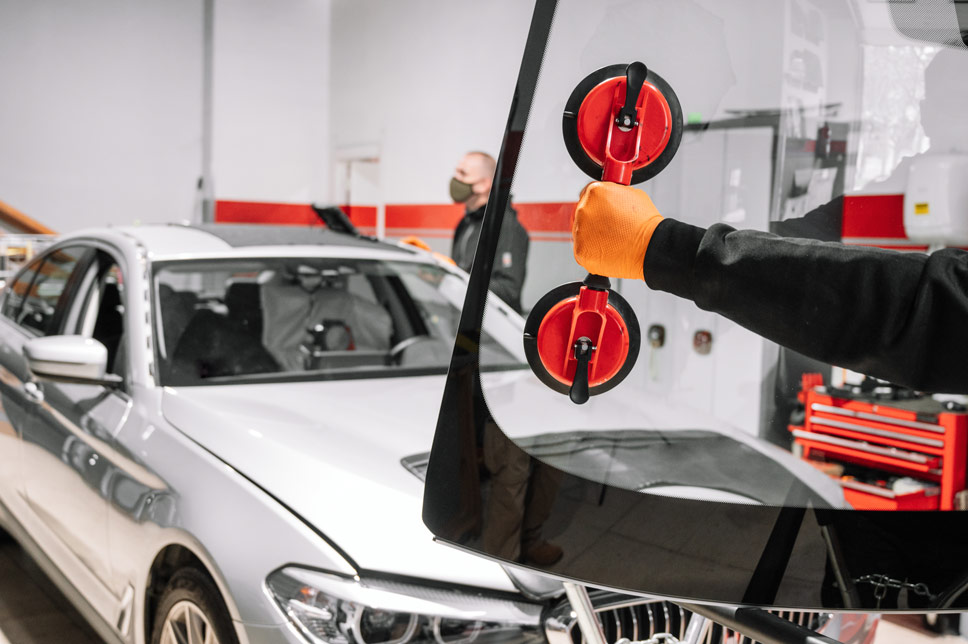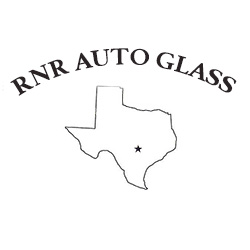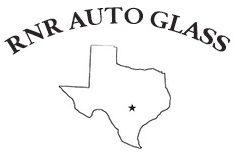
09 Nov Differences Between OEM and Aftermarket Auto Glass
Noticeable cracks on your car windshield will require either a car windshield replacement or a car windshield repair. If the recommended route is windshield replacement and not car windshield repair, you also have two options available at your disposal—OEM or aftermarket glass.
OEM Glass vs. Aftermarket Glass: How is One Different from the Other?
Not everyone may be aware of it, but there is a world of difference between original equipment manufacturers (OEM) glass and aftermarket glass. To make an informed decision, start by looking into the many differences between the two.
OEM Auto Glass
An OEM windshield is an identical version of the factory-installed and original windshield. These windshields are not necessarily manufactured by the company that made the windshield. However, they are identical in almost every way.
OEM glass is manufactured based on the specific regulations of the carmaker and matches the color, shape, and size of the original windshield. The durability and thickness need to be identical as well. To ensure their safety, OEM windshields are also certified by the Department of Transportation.
When shopping for OEM car windshields, you will likely encounter original equipment equivalent or OEE windshields. They are similar to OEM windshields except for the presentation of the branding. While OEE windshields use the manufacturer’s logo, they are considered a cheaper alternative to OEMs.
OEM glass is your best option if you are looking for a factory replacement for your windshield. Why? With OEM glass, you are assured of the exact glass curvature and fitment. In addition, you also have assurance when it comes to quality since they are made from the same parts used by the original manufacturer.
If you opt for OEM windshields, be prepared to pay more. Generally, OEM windshields are 40 to 60 percent more expensive than the aftermarket variety. Because of the higher cost, most insurance companies won’t cover OEMs. Insurance policies that include OEM replacement typically apply to newer models alone.
OEM Auto Glass Pros
● Exceptional quality that meets the standards of the car manufacturer
● Exact curvature and fit that restores original vision clarity
● Made by the same manufacturer that supplied the windshield to the carmaker
OEM Auto Glass Cons
● High cost
● Not covered by most insurance companies
Aftermarket Glass
Aftermarket glass is manufactured by glass companies that don’t have contracts with specific automakers. Since these companies don’t manufacture windshields for a specific automobile manufacturer, they won’t abide by any guidelines specified by most car manufacturers.
Due to copyright laws, auto glass companies cannot produce windshields that are identical to the factory-installed versions. While the shape and size are identical, the durability and thickness can differ. The color of the tint might also vary slightly.
There have been complaints and issues from some customers about aftermarket windshields producing annoying noises or showing leaks. Said issues can be attributed to the windshield not fitting the vehicle properly. This is a prevalent case with the aftermarket variety.
While the surface difference between OEM and aftermarket glass is minimal, meticulous car owners are often not happy with their investment. One good thing about aftermarket windshields is they are easily accessible, and you can easily find them in your area.
Aside from OEM and aftermarket glasses, there are other products that provide better protection against chips and cracks. They can also strengthen your vehicle’s safety net in collisions or accidents. However, these types of glasses can sometimes cost more than OEM windshields.
Aftermarket Glass Pros
● More affordable compared to OEM glass
● More accessible
Aftermarket Glass Cons
● Potential fit issues/problems
● Some have a different tint and curvature compared to the original
OEM Glass vs Aftermarket Glass: Which One Should You Get?
The choice between aftermarket and OEM glass will depend on you. However, if you are still clueless as to what to get, below are some of the key factors you need to consider:
● Budget: How much are you willing to spend? If cost is not an issue for you, you can opt for OEM. If you don’t have enough time to research and compare the two, you are better off purchasing an OEM glass. If you are short on cash and want to keep expenses to a minimum, the aftermarket variety would be ideal.
● Insurance: Who is going to pay for the replacement? You have more flexibility in your choices if you are paying for the replacement. You also have the option to choose between OEM and aftermarket options. If comprehensive insurance covers the damage, most insurance companies prefer aftermarket windshields unless you are paying for a premium plan that will cover OEM replacement.
● Availability of aftermarket parts: Some places have limited availability of better-quality windshield glasses. While it can be easy to find windshield replacement services, the quality can be questionable and won’t meet the safety standards specified by the automaker.
Final Thoughts About OEM Vs Aftermarket Glass
Whatever glass you think is best for you, make sure the windshield replacement is carried out by a seasoned and trusted professional to ensure you will get the most value for your investment. If you need help replacing your windshield in San Antonio, give the auto glass experts at RNR Auto Glass a call at 210-340-2580.



Sorry, the comment form is closed at this time.